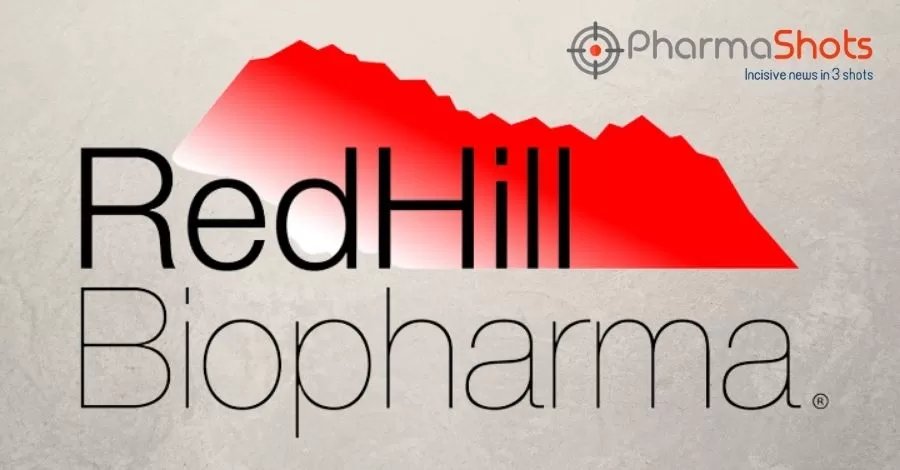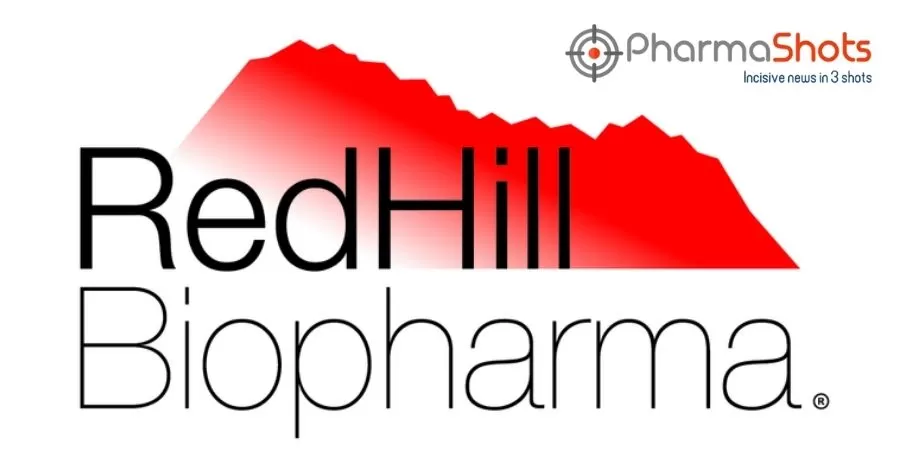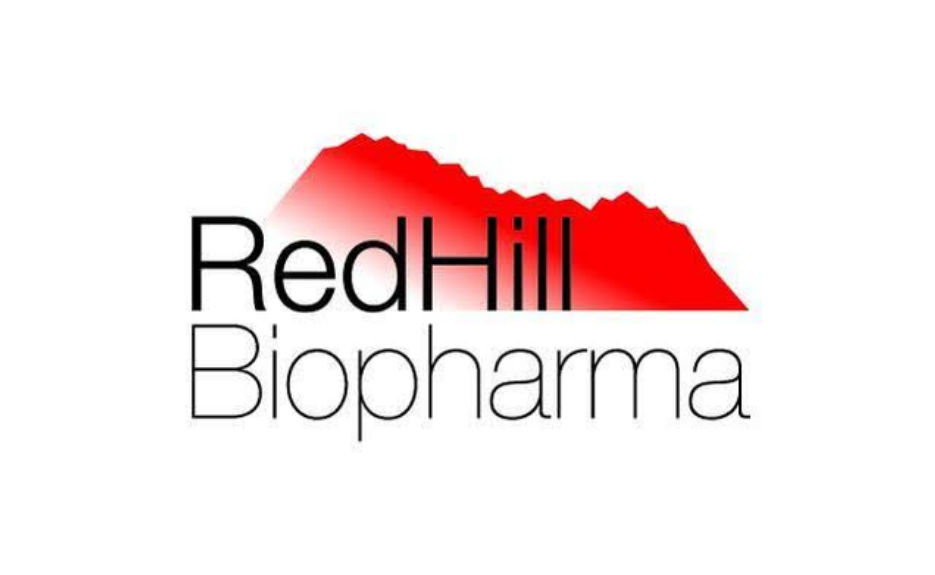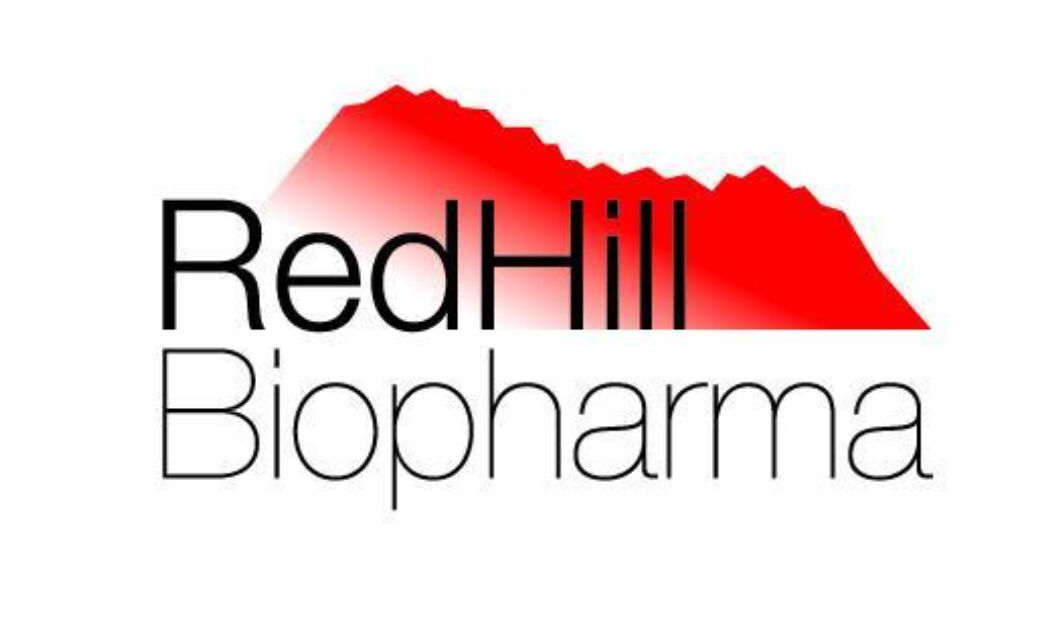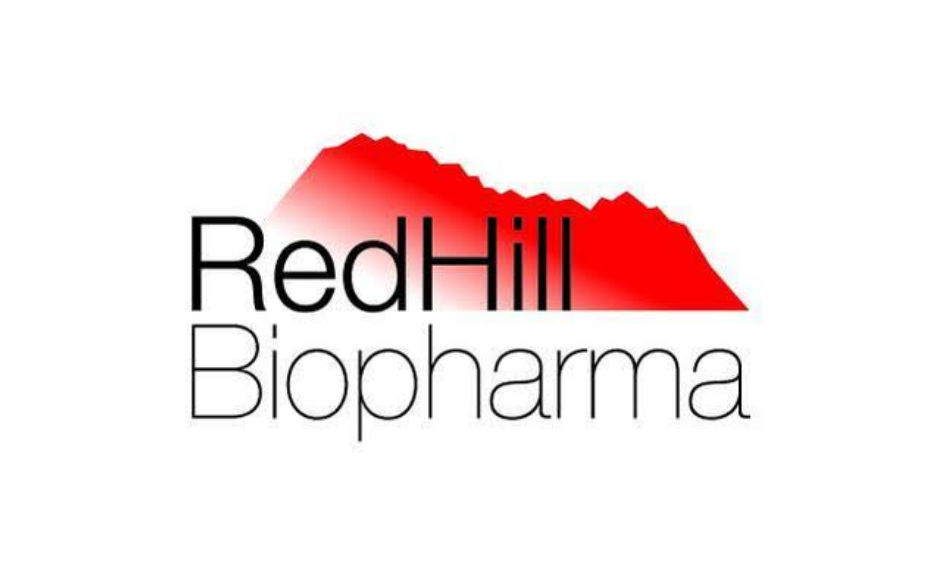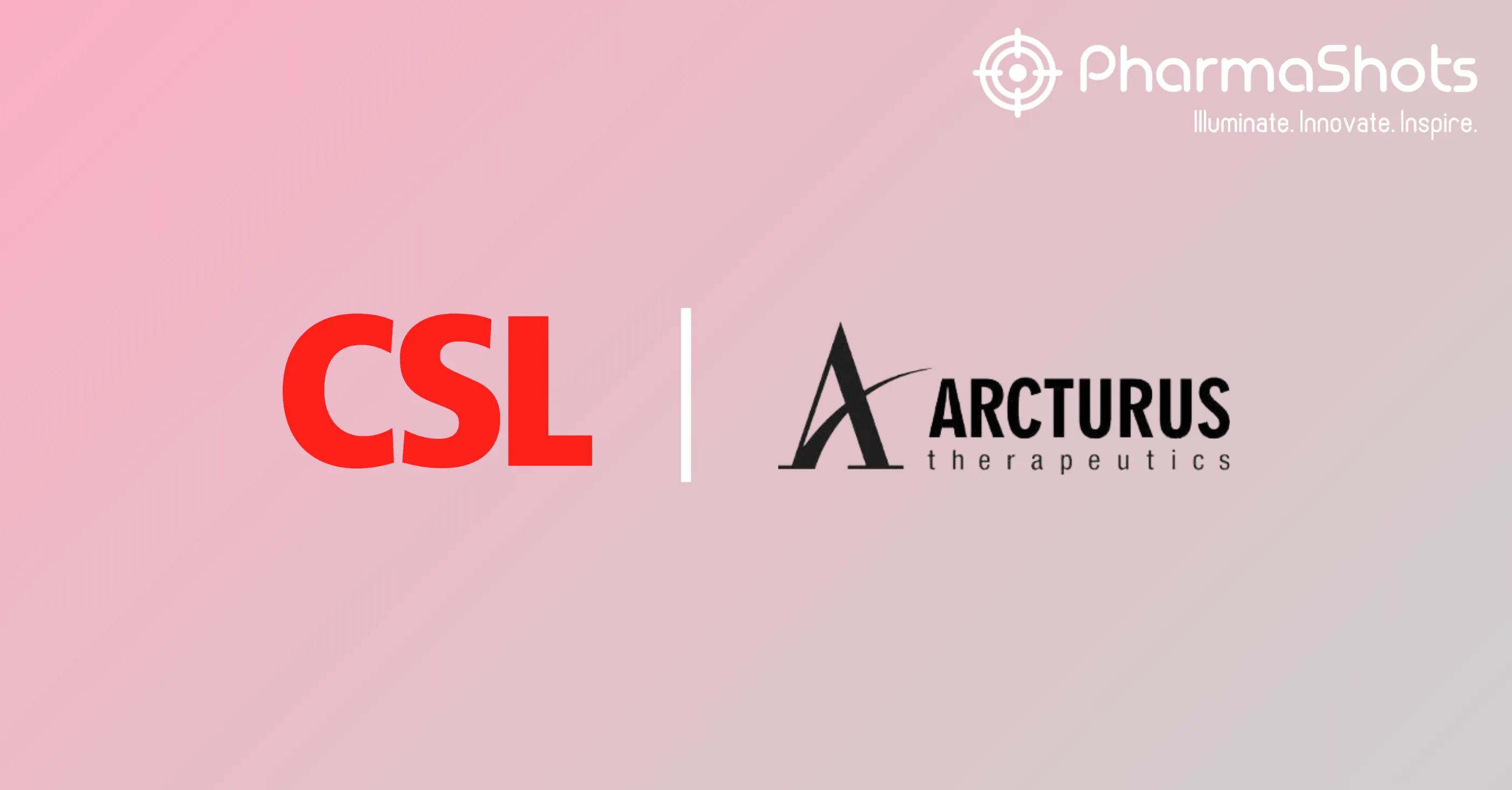
RedHill's Opaganib (ABC294640) Fails to Meet its Primary Endpoints in P-II/III Study for the Treatment of Severe COVID-19
Shots:
- The P-II/III study evaluates opaganib +SoC vs PBO + SoC in a ratio (1:1) in 475 patients with COVID-19 pneumonia requiring hospitalization & treatment with supplemental oxygen
- The preliminary data showed that the study did not meet its 1EPs while efficacy EPs showed consistent trends. The therapy demonstrated good tolerability with balanced AEs & increased the benefit for patients requiring less oxygen at earlier stages of the disease
- Opaganib is an SK2 selective inhibitor with dual anti-inflammatory & antiviral activity. The therapy has been approved in South Africa & expansion within the US while the company plans to discuss data with regulators to determine the next steps
| Ref: PR Newswire | Image: PR Newswire
Click here to read the full press release

This content piece was prepared by our former Senior Editor. She had expertise in life science research and was an avid reader. For any query reach out to us at connect@pharmashots.com




